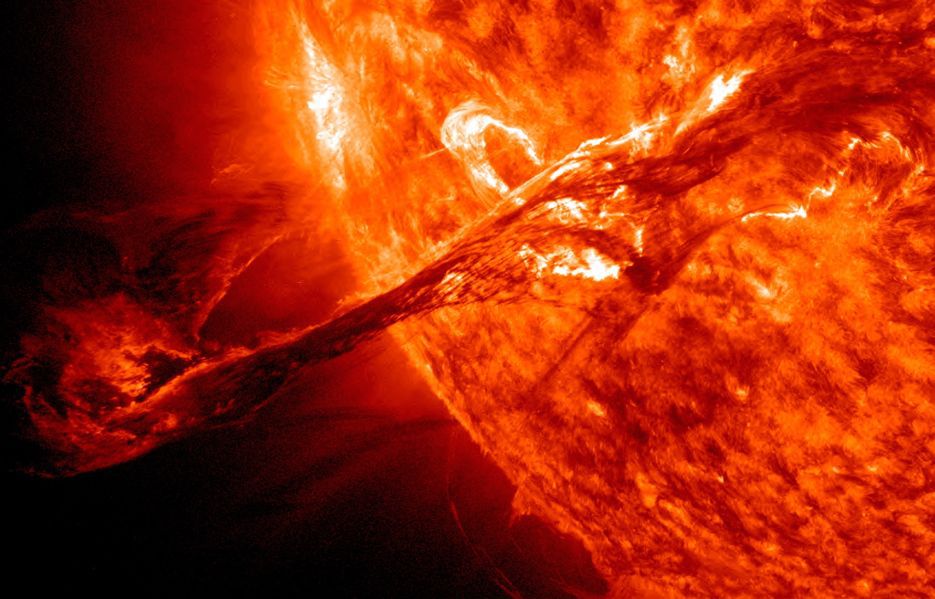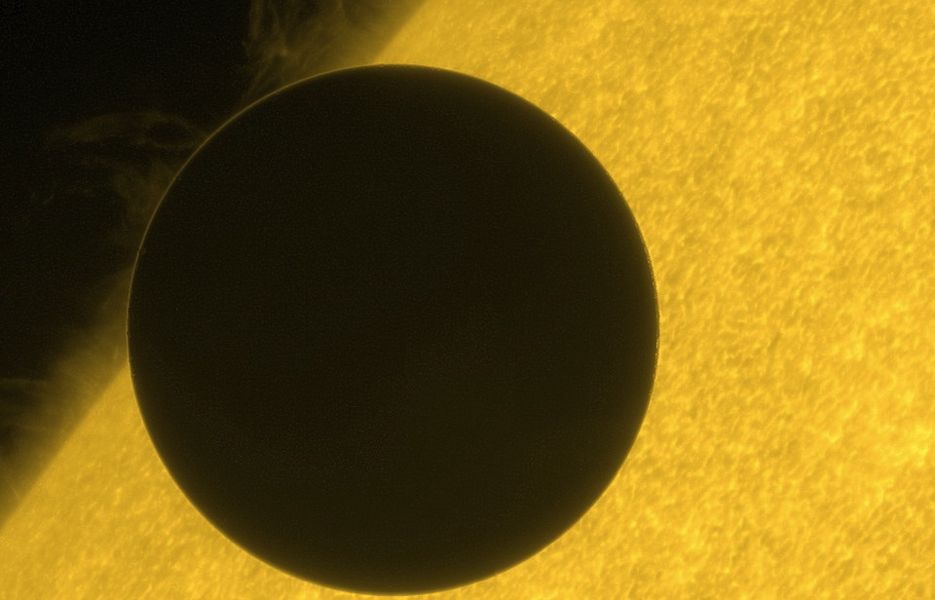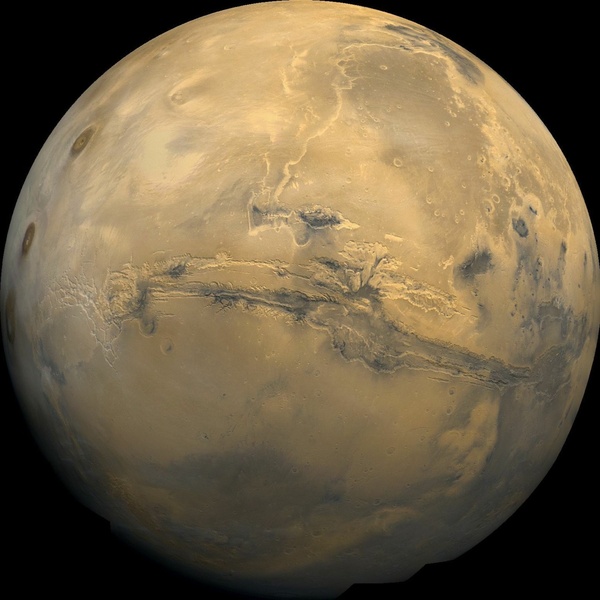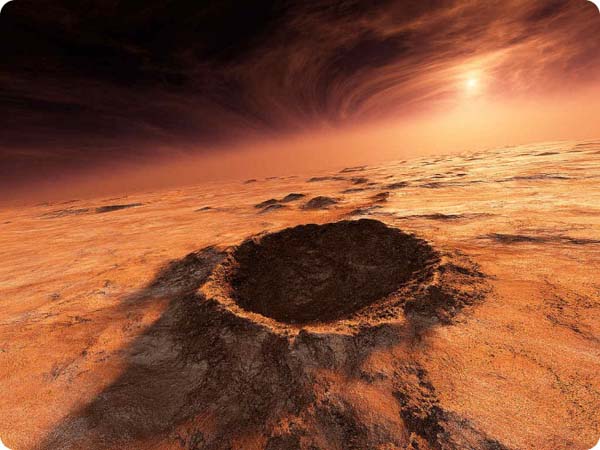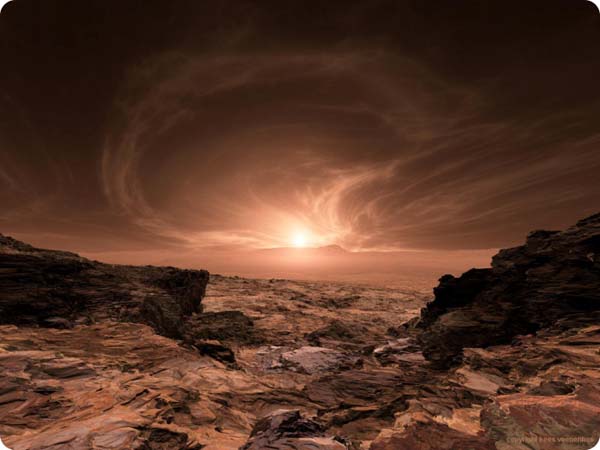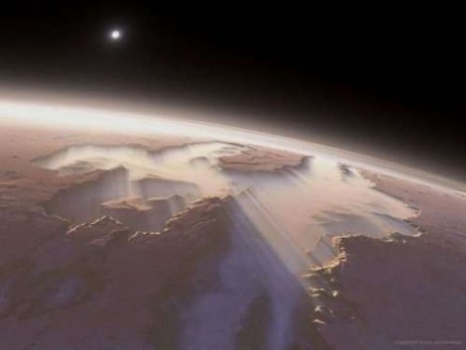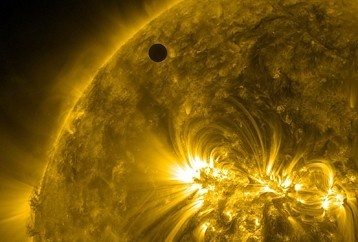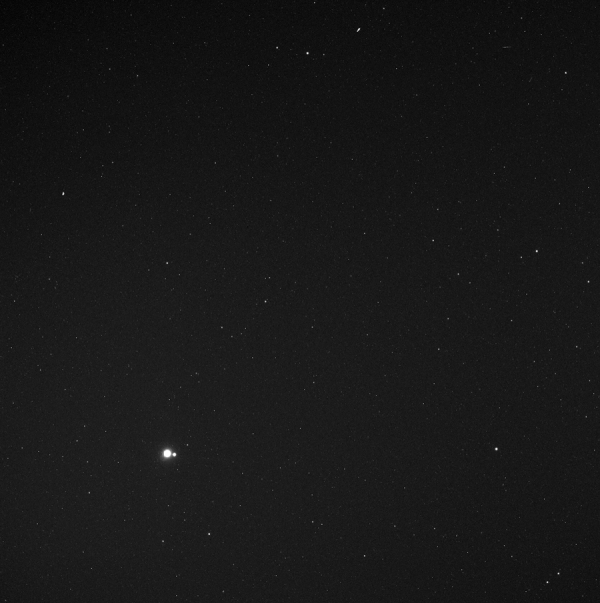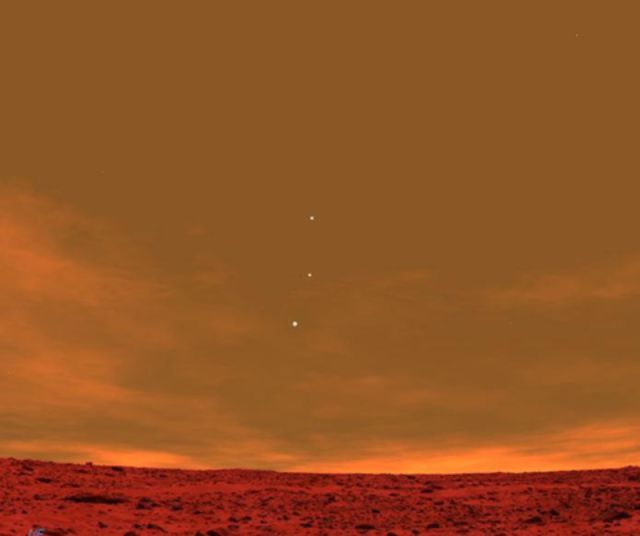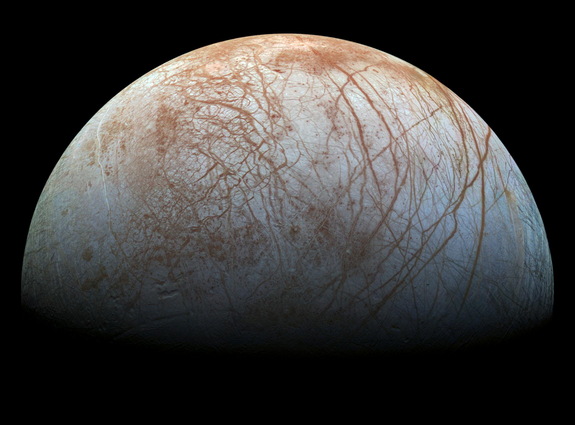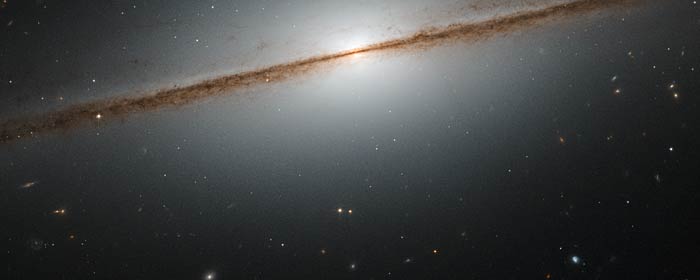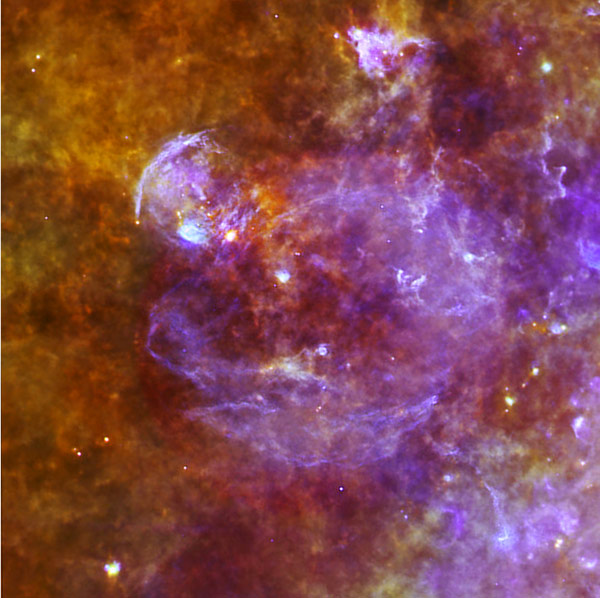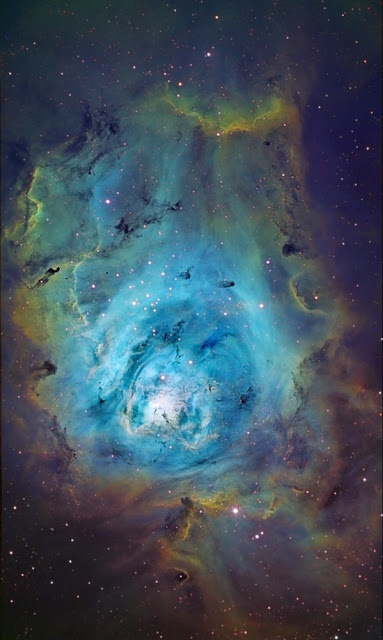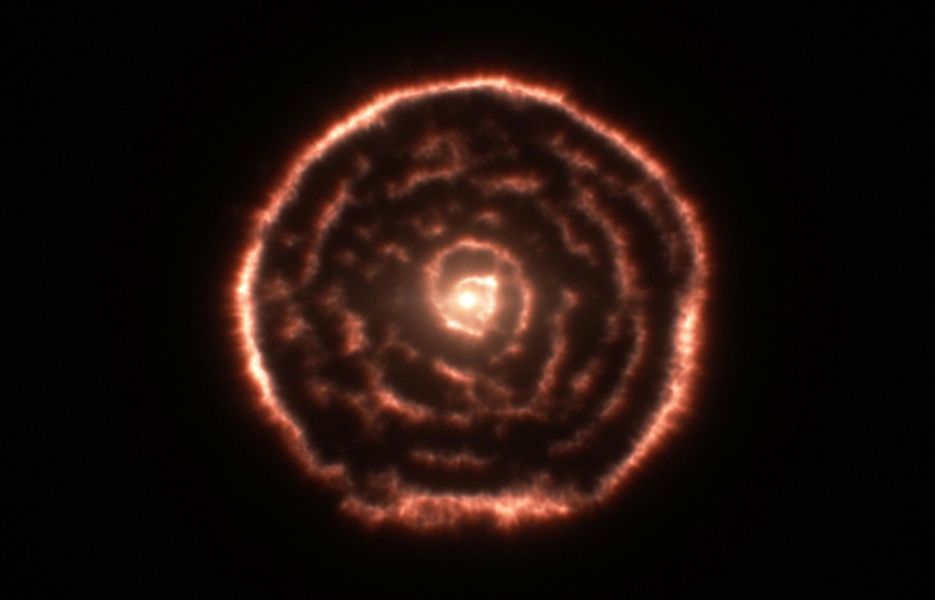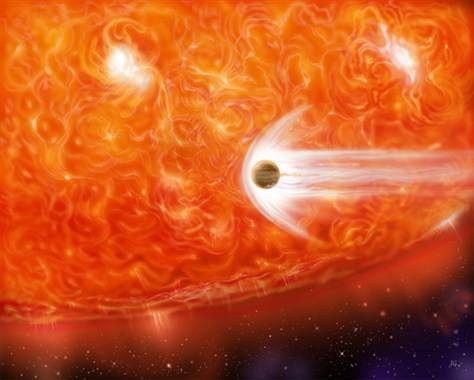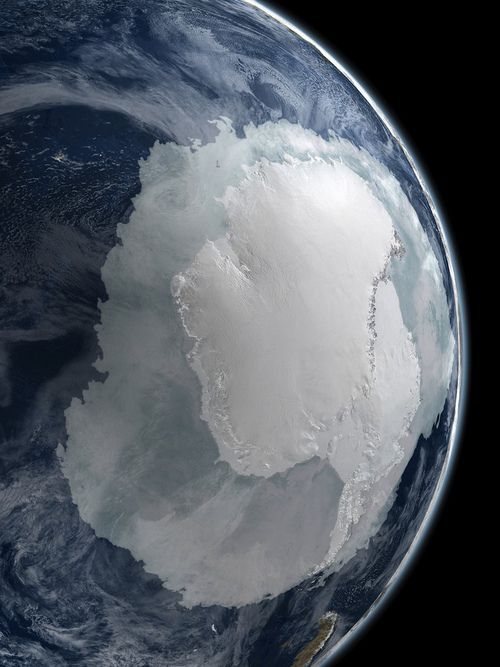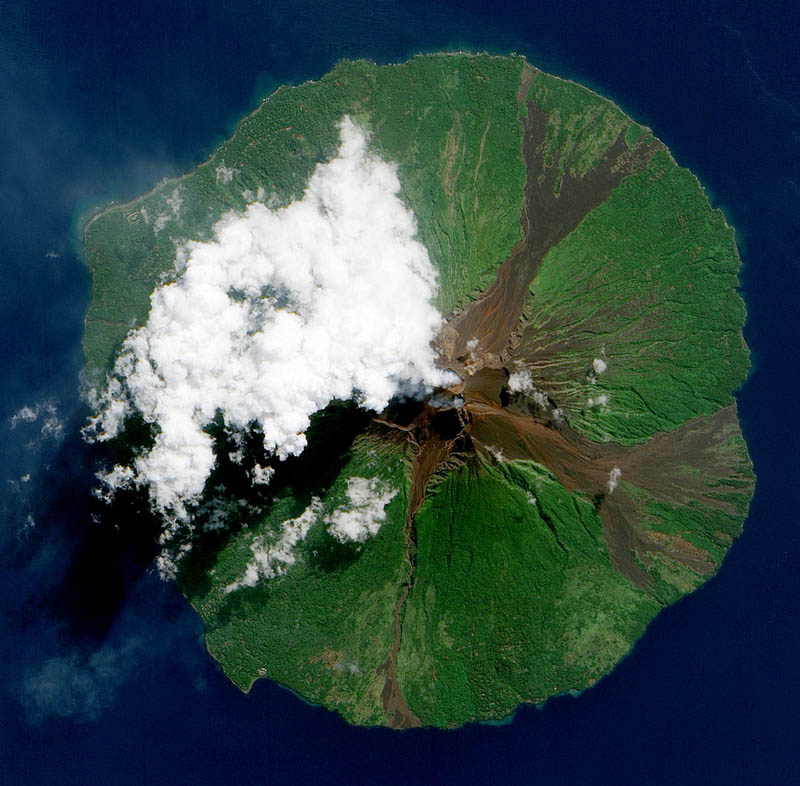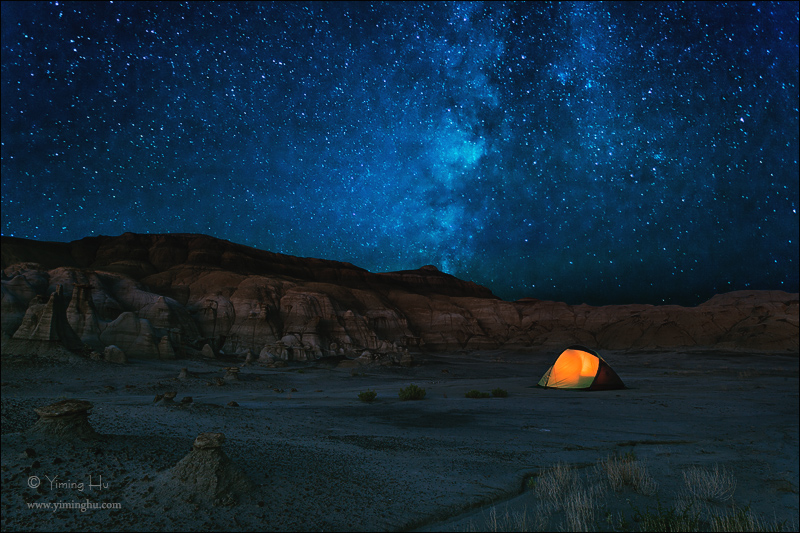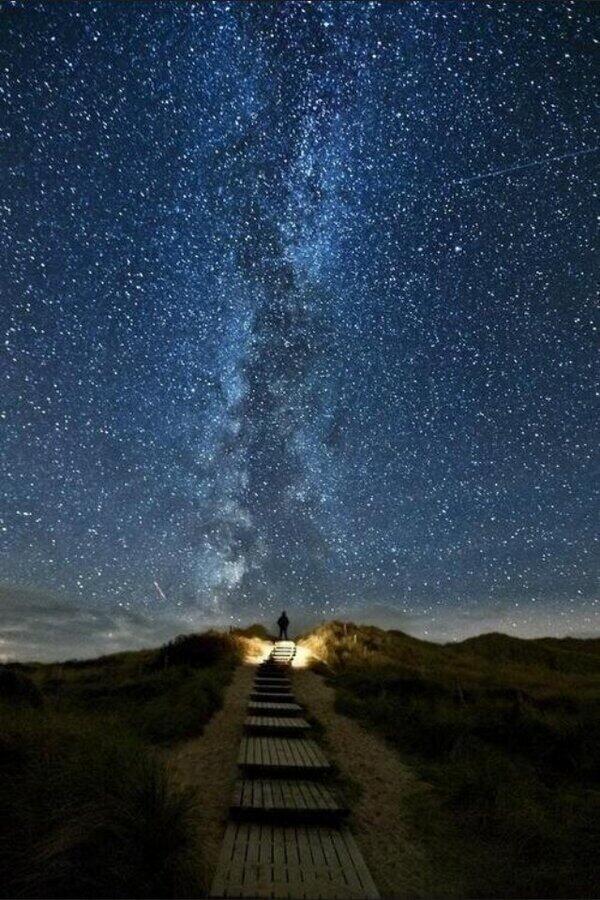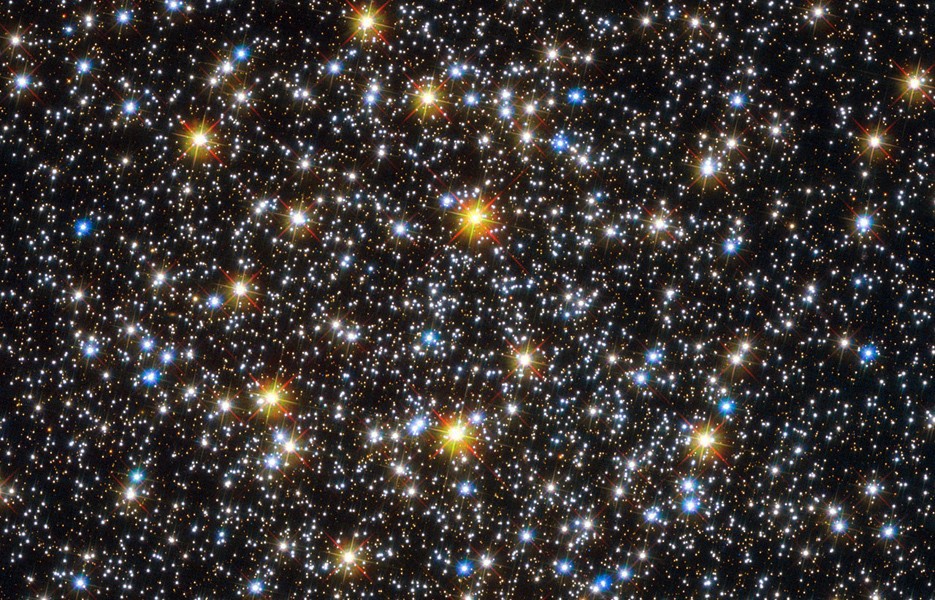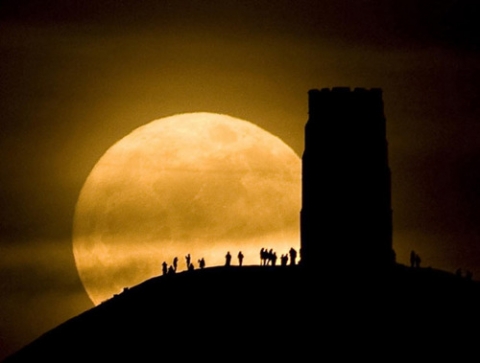We’ve got an impressive assortment of images taken from: satellites, the International Space Station, Hubble space telescope, spacecraft exploring planets and flying deep into space with amazing cameras, and a few taken from earth by giant telescopes and backyard amateur astronomers. Enjoy.
EXPLORATIONS IN OUR SOLAR SYSTEM
Coronal mass ejection from the sun.
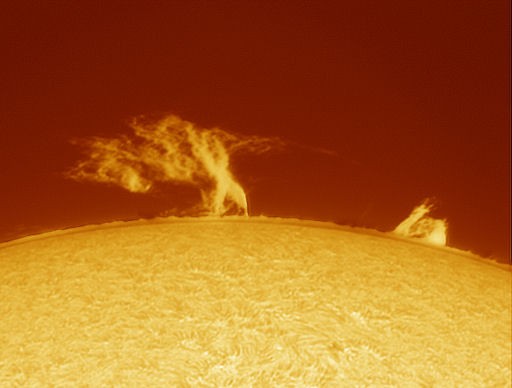
This solar flare rises more than 25,00 miles or 40,000 km above the sun’s surface and stretches more than 20 Earth-diameters from end to end.
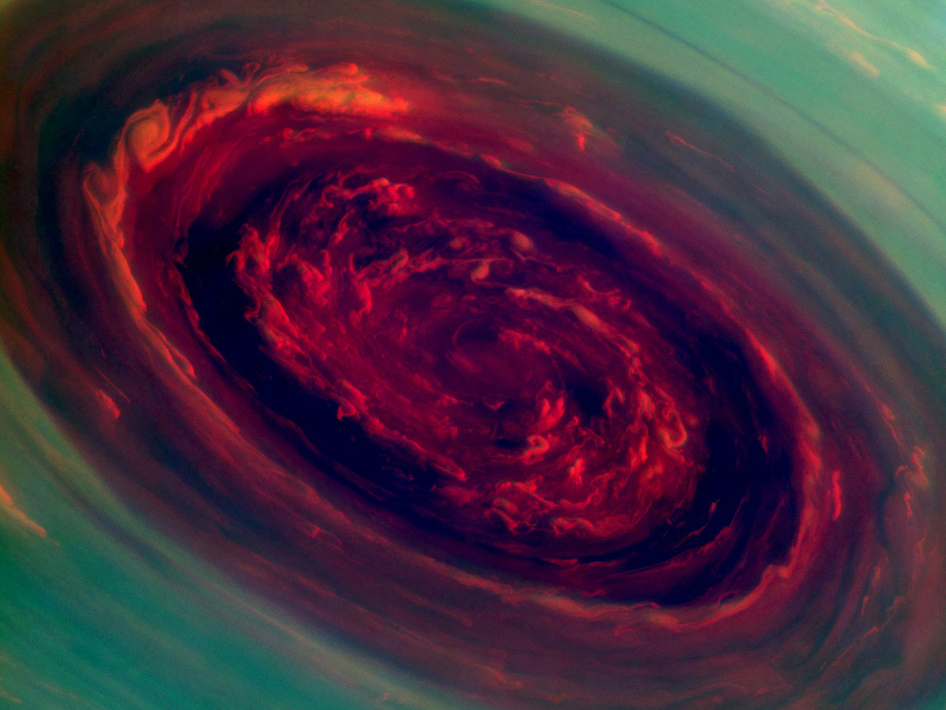
A cyclone over Saturn from NASA’s Cassini mission from approximately 224,618 miles away. The eye is a staggering 1,250 miles (2,000 kilometers) across with cloud speeds as fast as 330 miles per hour (150 meters per second).
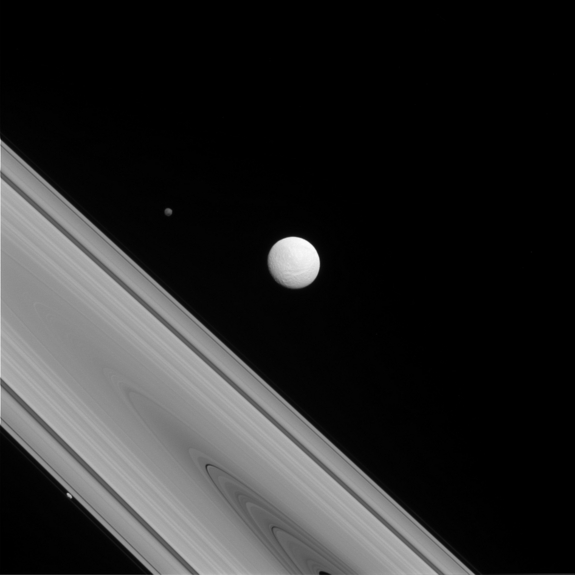
The Saturnian moons of Titan, Hyperion and Prometheus are visible just beyond the planet’s trademark rings in a photo captured by Cassini space craft on July 14, 2014.

Taken by Hubble telescope in March 2003, Saturn’s rings are shown at maximum tilt toward Earth, occurring only every 15 years.
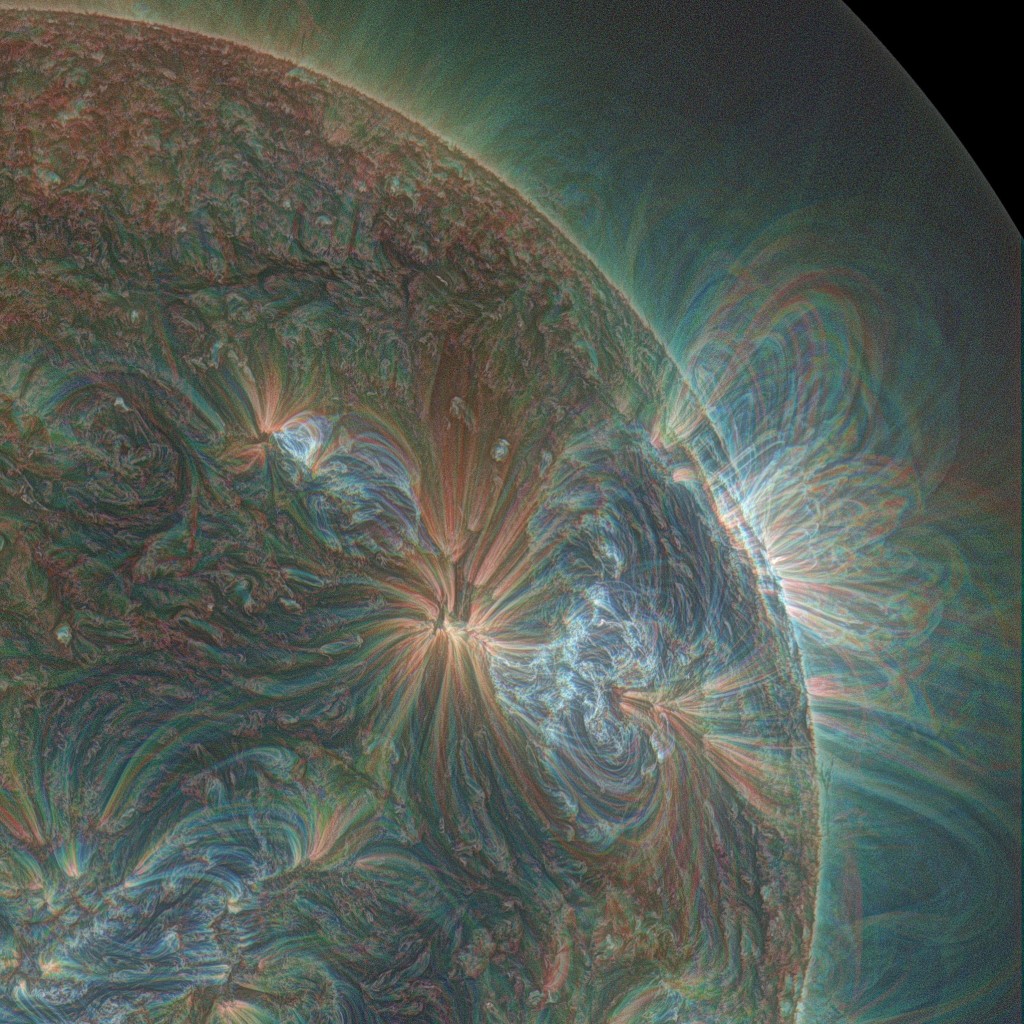
This psychedelic-looking composite image of the sun taken by NASA’s Solar Dynamics Observatory shows a series of significant solar eruptions that occurred over a period of three days in January of 2013. The photo was created using three wavelengths of light that have been colorized in red, green, and blue to better show the dynamics of each eruption.
BEYOND THE SOLAR SYSTEM, DEEP SPACE
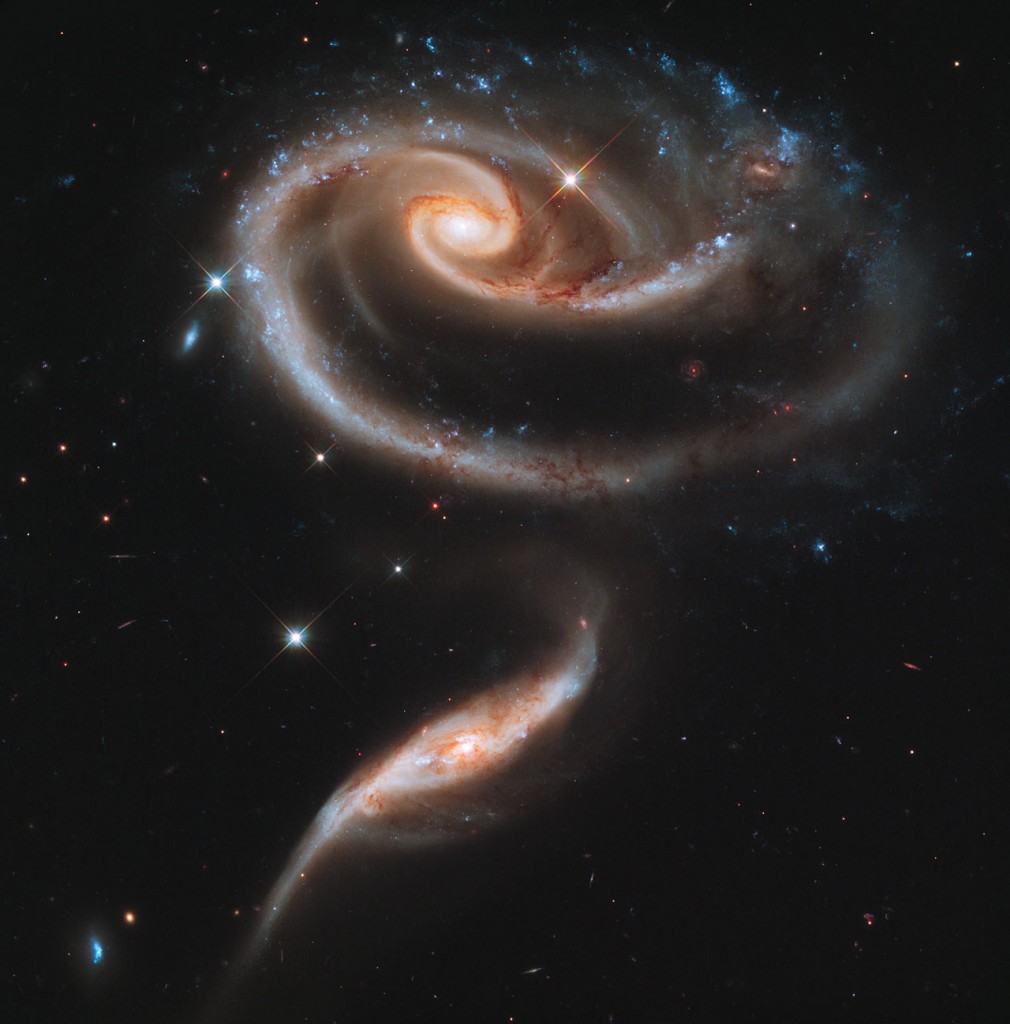
A rose made of a pair of interacting galaxies, released to celebrate the 21st anniversary of the launch of the NASA/ESA Hubble Space Telescope. The distorted shape of the larger of the two galaxies shows signs of tidal interactions with the smaller of the two. It is thought that the smaller galaxy has actually passed through the larger one.
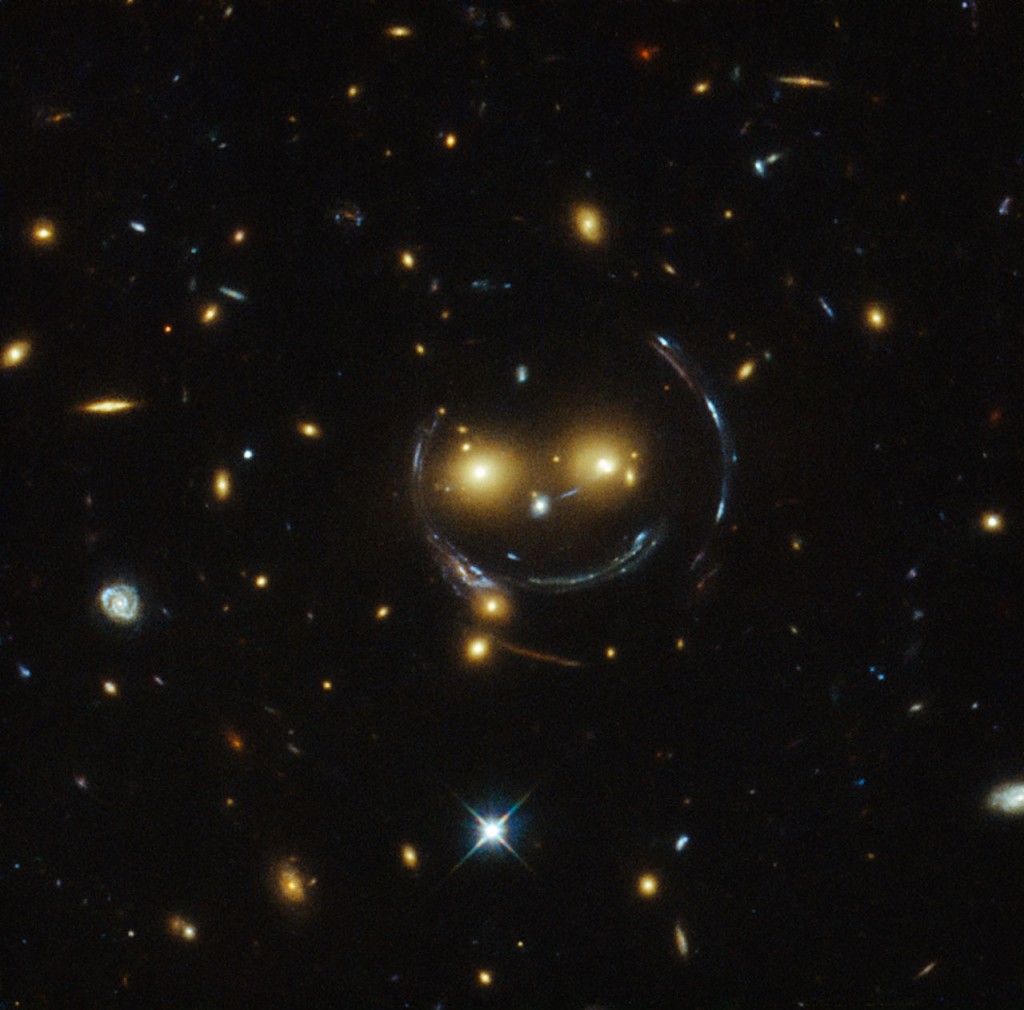
In the centre of this image, taken with the NASA/ESA Hubble Space Telescope, are two faint galaxies that seem to be smiling.
You can make out two orange eyes and a white button nose. In the case of this “happy face”, the two eyes are the galaxies SDSSCGB 8842.3 and SDSSCGB 8842.4 and the misleading smile lines are actually arcs caused by an effect known as strong gravitational lensing. Further explanation includes “such a powerful gravitational pull that they can warp the spacetime” Too much for me.  If you want to check out more details, go here.
If you want to check out more details, go here.
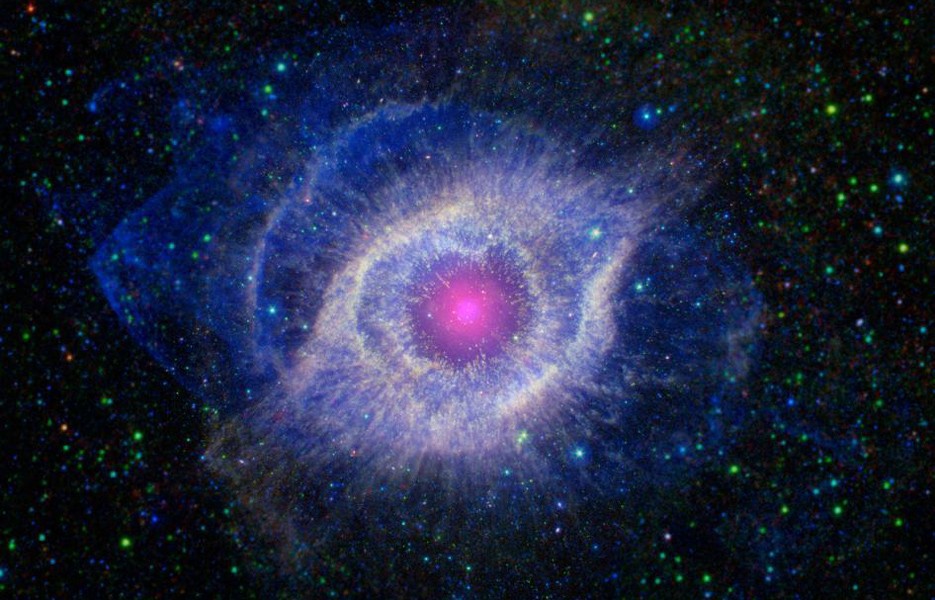
Helix nebula, the remains of a dying star. The star’s dusty outer layers glow from ultraviolet radiation. Taken by NASA’s Spitzer Space Telescope and Galaxy Evolution Explorer.
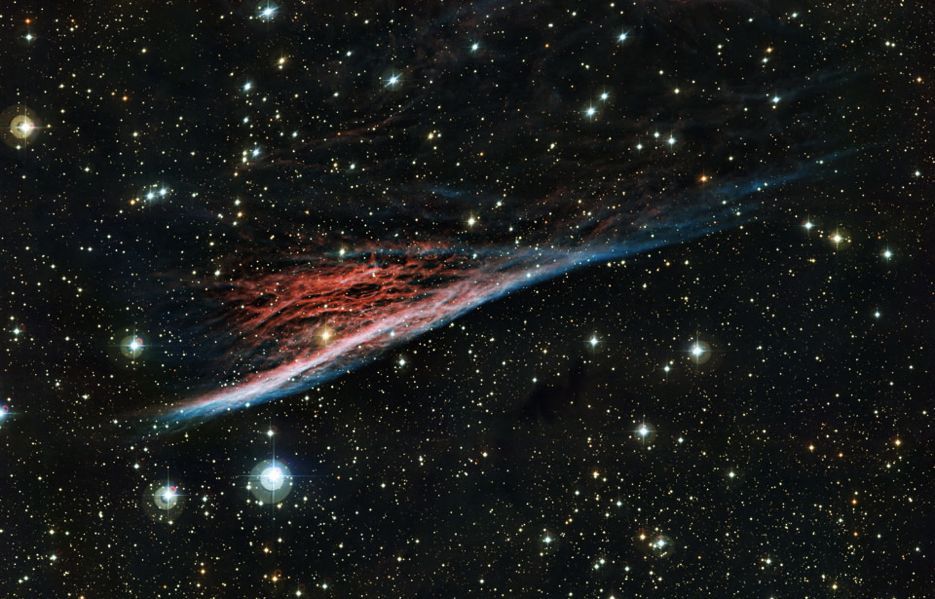
The Pencil Nebula. This vibrant red and blue is part of a ring of wreckage resulting from a supernova explosion that occurred 11,000 years ago. ESO, Chile
EARTH FROM SPACE AND SPACE FROM EARTH
The Great Lakes and the state of Michigan, USA, by Nasa satellite via Robert Jacobs on pinterest

This image of Earth at night is a composite assembled from data acquired by the Suomi National Polar-orbiting Partnership satellite over nine days in April 2012 and thirteen days in October 2012. It took 312 orbits and 2.5 terabytes of data to get a clear shot of every parcel of Earth’s land surface and islands.
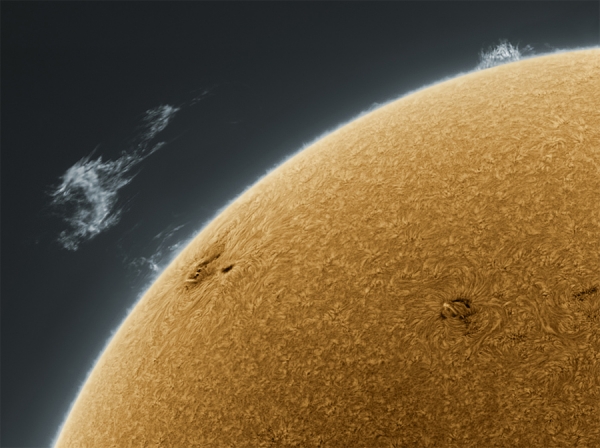
Astronomer Alan Friedman captured this spectacular shot of the sun’s surface using his back yard telescope.
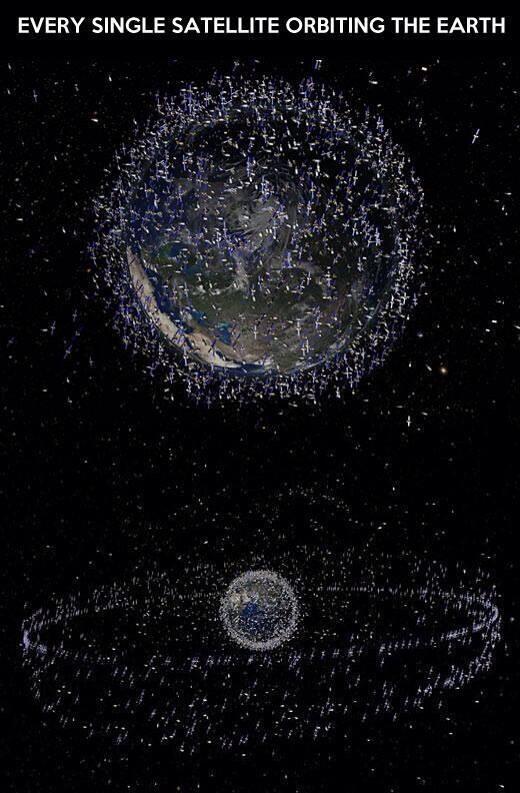
There are about 1,100 active satellites, both government and private orbiting earth. Plus there are about 2,600 ones that no longer work. In addition, there are currently around 22,000 objects in orbit larger than 10 cm. This includes spent boosters, dead satellites, and even misplaced gloves. On top of that there are as many as 370,000 smaller pieces of space junk. Traveling at speeds up to 22,000 miles per hour even small objects can do serious damage if they come in contact with something larger.
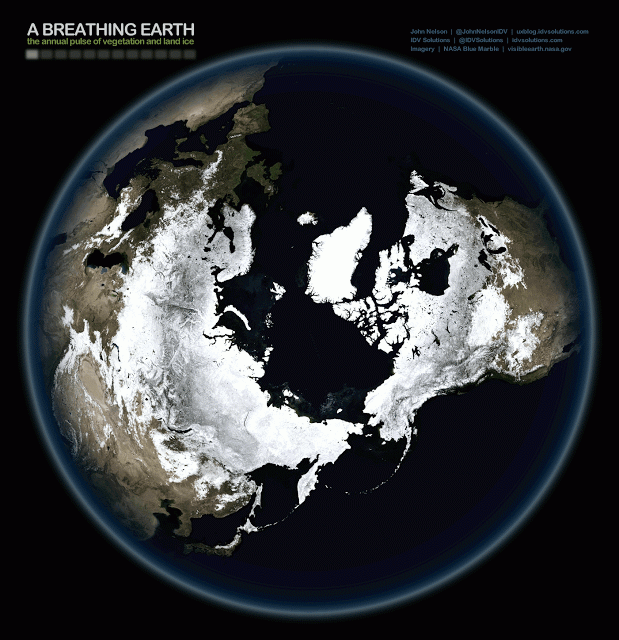
Here’s a view looking at one year of seasonal transformations on Earth. Made possible by the folks of the NASA Visible Earth team. John Nelson downloaded the twelve cloud-free satellite imagery mosaics of Earth (“Blue Marble Next Generation”) at each month of the year to create this gif.
If you want more cosmic wonders, go here.
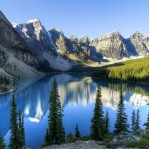 beauty of nature
beauty of nature